AKA: Creature
Director: Pedring Lopez
Cast: Cesar Montano, Maria Ozawa, Meg Imperial, Yam Concepcion, Cholo Barretto, Dido de la Paz, Kiko Matos, Aubrey Miles, Alexandre Charlet, Sonny Sison
Running Time: 90 min.
By Paul Bramhall
After a long absence out of the spotlight, Filipino cinema has been making a quiet but assured comeback in recent years. Movies like Erik Matti’s On the Job, Sean Ellis’s Metro Manila, and Khavn de la Cruz’s Ruined Heart have all travelled beyond local shores and garnered international acclaim on the festival circuit. While all of these productions have used the backdrop of Manila’s underworld to create depressingly dark and gritty portrayals of the less fortunate in Philippines society, upcoming director Pedring Lopez took a decidedly different approach for his sophomore feature, Nilalang.
Eschewing the realistic settings of his counterparts, Lopez draws his influences more from the many action/horror hybrids that were coming out of Hong Kong in the 1980’s. The plot is simple – in ancient Japan there is a book, called the Book of Ishi (think of it as this movies version of the Book of the Dead from The Evil Dead movies), which contains the names and spirits of all known demons. One particular demon, Zahagur, has a penchant for cutting off the faces of any females that share the bloodline of those who oppose it. Skip forward to 2015 Manila, Zahagur is back to his old tricks, and it’s up to cops Cesar Montano and Meg Imperial, to put an end to the demons reign of terror.
While both Montano and Imperial are well known as local Filipino actors, the surprise casting in Nilalang comes in the shape of former Japanese AV actress Maria Ozawa, here headlining her first full length feature. Ozawa, who has a Japanese mother and French Canadian father, is one of the most recognizable AV actresses in Asia thanks to her exotic looks, and has recently been looking to branch out into movie roles. While she’s featured in a couple of Indonesian movies previously (one of which notably drew the ire of the Islamic Defenders Front, a radicalised group notorious for violence), Nilalang can be considered her first mainstream production in which she has a substantial role.
Nilalang opens strongly, featuring an animated introduction, before segueing into a scene set in ancient Japan, as two Ronin walk through a field of bloody massacred bodies. They confront the demon in human form, who calmly sits next to a freshly sliced off face hanging neatly next to him, before squaring off in a duel of swords. It’s a nicely choreographed exchange to kick off the movie, which is given an extra layer of tension, as the other Ronin attempts to recite a page from the Book of Ishi to subdue the demon. The whole scene plays out like a mesh up between the Shaw Brothers movie Human Lanterns, meets Ryuhei Kitamura’s Aragami, and succeeds at grabbing the audience’s attention from the word go.
Once the opening credits come to a close the narrative skips to a second flashback scene, but this time only 2 years prior to present day, as we witness Montano and his team track down and kill a Japanese serial killer to an abandoned warehouse. The killer has a taste for murdering his victims using elements of bondage and S&M, so when a spate of similar killings start occurring in present day Manila, both Montano’s team and the local media begin to question if something supernatural is behind them. There’s some strange choices of logic used in Nilalang, as when the killer is tracked down, his eyes are completely white, and he has that deep growling voice that only possessed people in movies have. However as the plot moves along, it becomes apparent that Montano and his team apparently didn’t consider either of these traits as unusual, which is the equivalent of Father Merrin walking in on Regan and concluding that she’s a perfectly normal teenager.
Montano himself plays the ultimate cop, the kind that sleeps with a bottle of whisky and a gun next to his bed. Montano’s ex wants to get back with him, Ozawa asks him to sleep over in the first scene they meet, and his partner fantasizes about him while taking a nap (even just after his ex, who she recommended he should get back with, is horribly murdered!). Frankly, everyone in the movie seems to want to sleep with him, with his colleagues openly declaring that they wish they could be as good with the ladies as he is. In short, Montano may be the main character of the movie, but you’ll spend a large part of it hoping for the demon to cut his face off.
Thankfully his poker faced machoism is off-played by Ozawa’s weird and wonderful performance. While she doesn’t get the same amount of screen-time as Montano, whenever she is onscreen there’s something about her acting which pulls you in. She’s not a good actress as such, and her quirky delivery is paired with some entertainingly over the top scenes. One such example has her indulge in some Chow Yun Fat style double handgun action, as she shoots a bar to pieces, before cutely declaring that she’s ready to go and face the demon. The intense unloading of bullets has no context to it whatsoever, and adds a kind of pulpy charm to proceedings. Another scene has her armed with a samurai sword, in which she has to enter the Yakuza Temple (who said Yakuza’s need to be subtle?), to face off against a fully armoured samurai (played by the movies action choreographer, Sonny Sison), in order to gain access to the Book of Ishi. Not many movies can claim to have a Japanese AV star facing off against a samurai, but Nilalang delivers the goods with aplomb.
Indeed the whole look of Nilalang comes across as very stylised and glossy, rarely showing any signs of its limited budget. As director Lopez is also a keen fan of Anime, there are a few instances which have an animated scene inserted, usually to show a moment of extreme violence. While we’ve seen this type of animated technique used before, most recently in the likes of Prachya Pinkaew’s Tom Yum Goong and Chocolate, here the use of Japanese style animation fits in perfectly with the tone of the production itself.
The English title for Nilalang is The Entity, and it effectively captures the essence of the demon. Much like 1998’s Denzel Washington starring Fallen (or perhaps more appropriately, 1993’s Jason Goes to Hell: The Final Friday), the demon can move from one host to the next, ensuring no one is safe from its grasp. Throughout the runtime our trio of main characters end up being confronted by possessed versions of an overweight housemaid, a grave digger, a team of cops, and ultimately each other. While most of the action is given to Ozawa (who doesn’t want to see a katana wielding femme fatale facing off against a flesh hungry demon?), it’s apparent that screen fighting is a talent that she’s still very much developing, and as such there are moments of clunkiness whenever she’s called to action.
However arguably Sison does a commendable job with the resources that he had available, and it’s been a long time since we’ve had a movie that gives us MMA demons (the last I can think of would be 2009’s Hellbinders). With the flair for visuals that Lopez clearly has an eye for, and the action choreography of Sison, Nilalang shows plenty of potential for the future of Filipino action cinema. The pair are already reuniting for another collaboration, the Mark Dacascos starring Breach, so it’s safe to say things are only likely to get bigger and better. For now though, while Nilalang is certainly far from perfect, it does feature just enough face slicing to be considered a worthwhile way to spend an evening with the lights off.
Note: The version I saw is the international Director’s Cut, and can be considered the complete version of the movie. The version that screened locally in the Philippines has close to 10 minutes’ worth of cuts for violence, and the version that screened at the Metro Manila Film Festival in 2015 was missing the animated sequences, as they hadn’t been completed yet.
Paul Bramhall’s Rating: 6.5/10




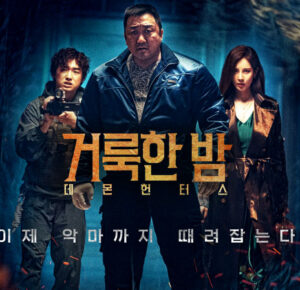
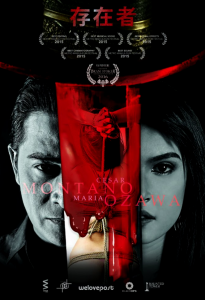



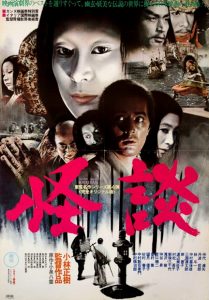
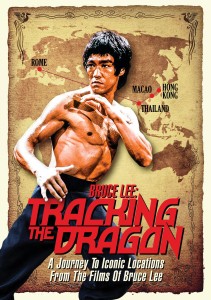

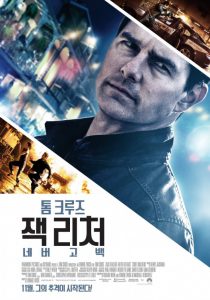
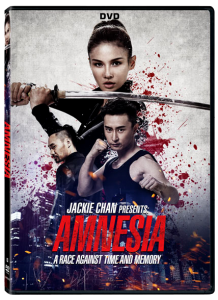
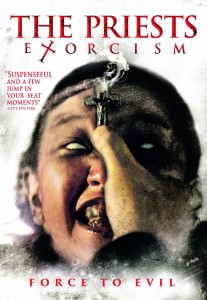

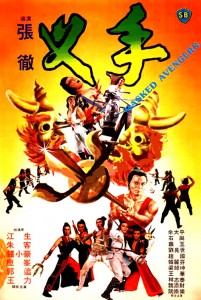

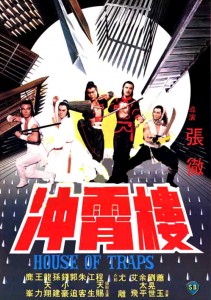
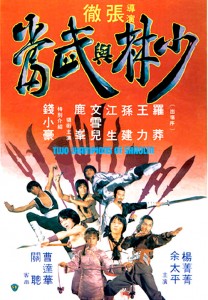
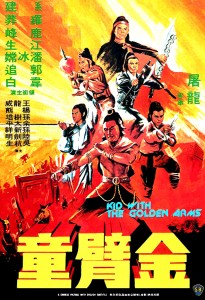

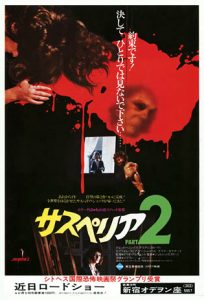
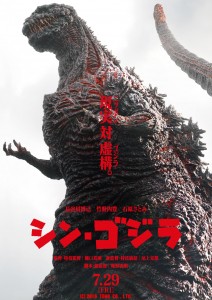




2 Comments